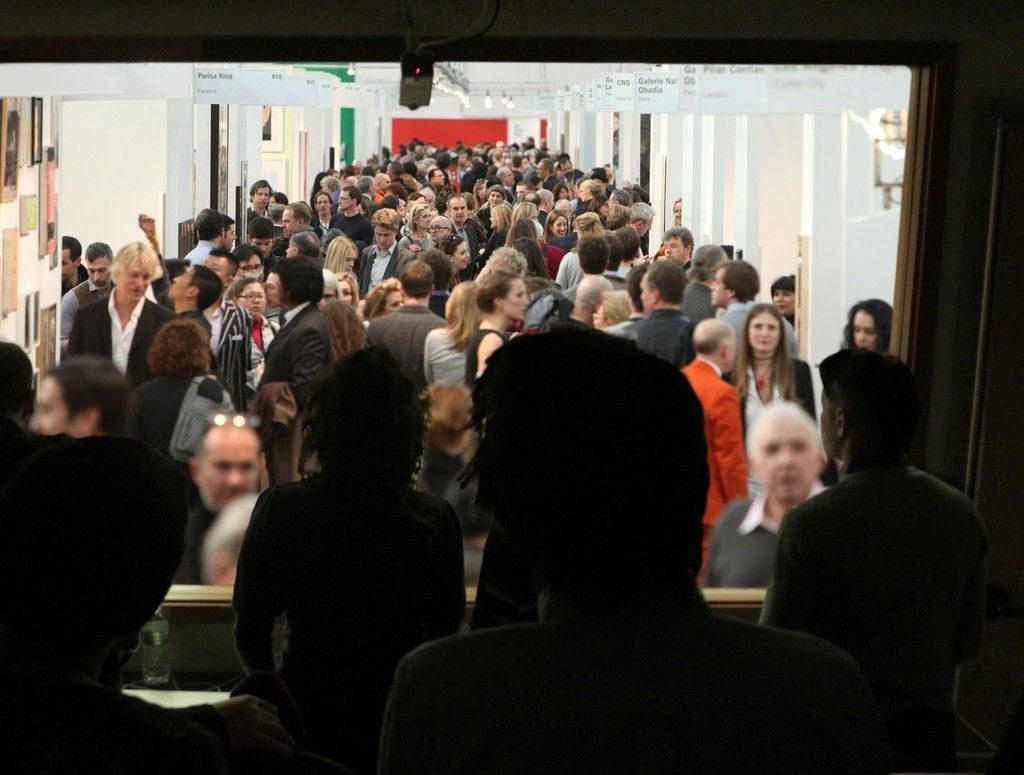7 Art Dealers Reveal How Gallery Waiting Lists Really Work
- Alina Cohen

Sold-out gallery exhibitions make news, which can lead art collectors and enthusiasts to believe the phenomenon is a frequent occurrence. We hear about Loie Hollowell selling out at Pace, Carol Bove at David Zwirner, Brice Marden at Gagosian, Ebecho Muslimova at Magenta Plains, and Avery Singer at Kraupa-Tuskany Zeidler.
What happens, in such circumstances, when more collectors want the work? What if demand for an artist’s work exceeds supply? Often, rumors circulate about massive waiting lists drawn up by galleries, organized according to mysterious priorities, and kept hidden from public view.
But according to many dealers, that’s hardly standard industry practice. Below, seven gallerists share their experiences with waiting lists and the delicate art of handling collector demand while protecting their artists’ interests.
. . .
Ambiguities reflect collectors’ diverse desires
Just because you’re a fan of an artist’s work doesn’t mean you want just any work that comes out of their studio. Different collectors have different desires, which leads to ambiguity on a waiting list. “I’ve never believed it when a gallerist says they have ‘a hundred-person waiting list,’” Uffner said—one piece is not “going to resonate with a hundred people.” Collectors on a waiting list “don’t always know what work they’re waiting for,” she added.
Robert Dimin, a partner at Denny Dimin Gallery, echoed Uffner’s skepticism. As a collector himself, he’s been placed on waiting lists. He recounted an instance in which he wanted a small work by an artist and asked their dealer to let him know if the artist decided to do an edition. “I knew for certain that there were at least 30 people ahead of me,” he recalled, though the gallery made the list sound much, much longer. “Three-hundred people seems a little insane.”
When collectors are interested in work by an artist whose show at Denny Dimin Gallery has sold out, Dimin added, he asks them specific questions to get a better sense of what they’re looking for. Large work or small work? Do they have a color preference? This gives him a better idea of whether the next work out of the artist’s studio might be a good fit. Dealers are ultimately matchmakers between collectors and artworks, and knowledge of collectors’ desires—even when the gallery isn’t yet able to fulfill them—helps them do their job better.
